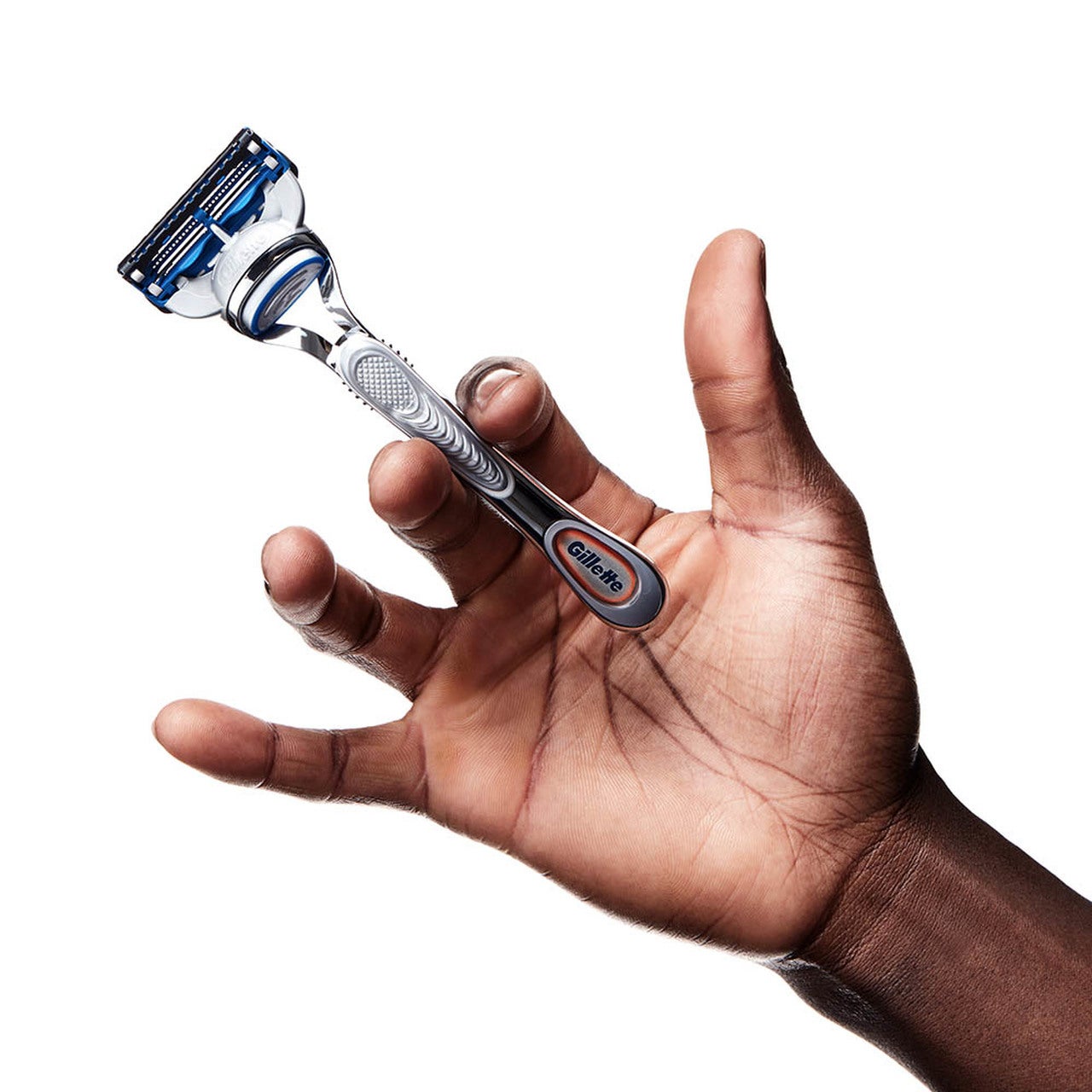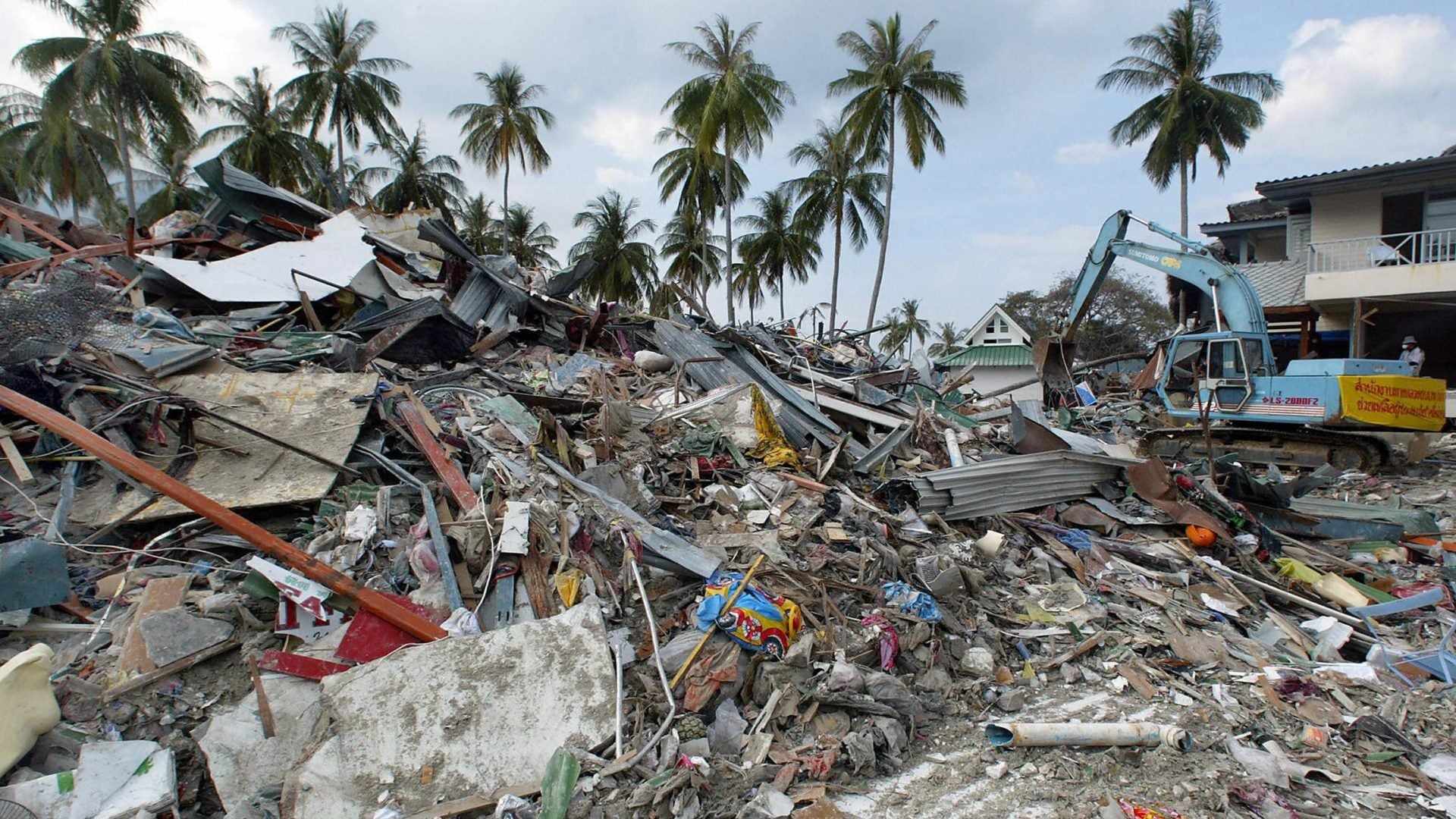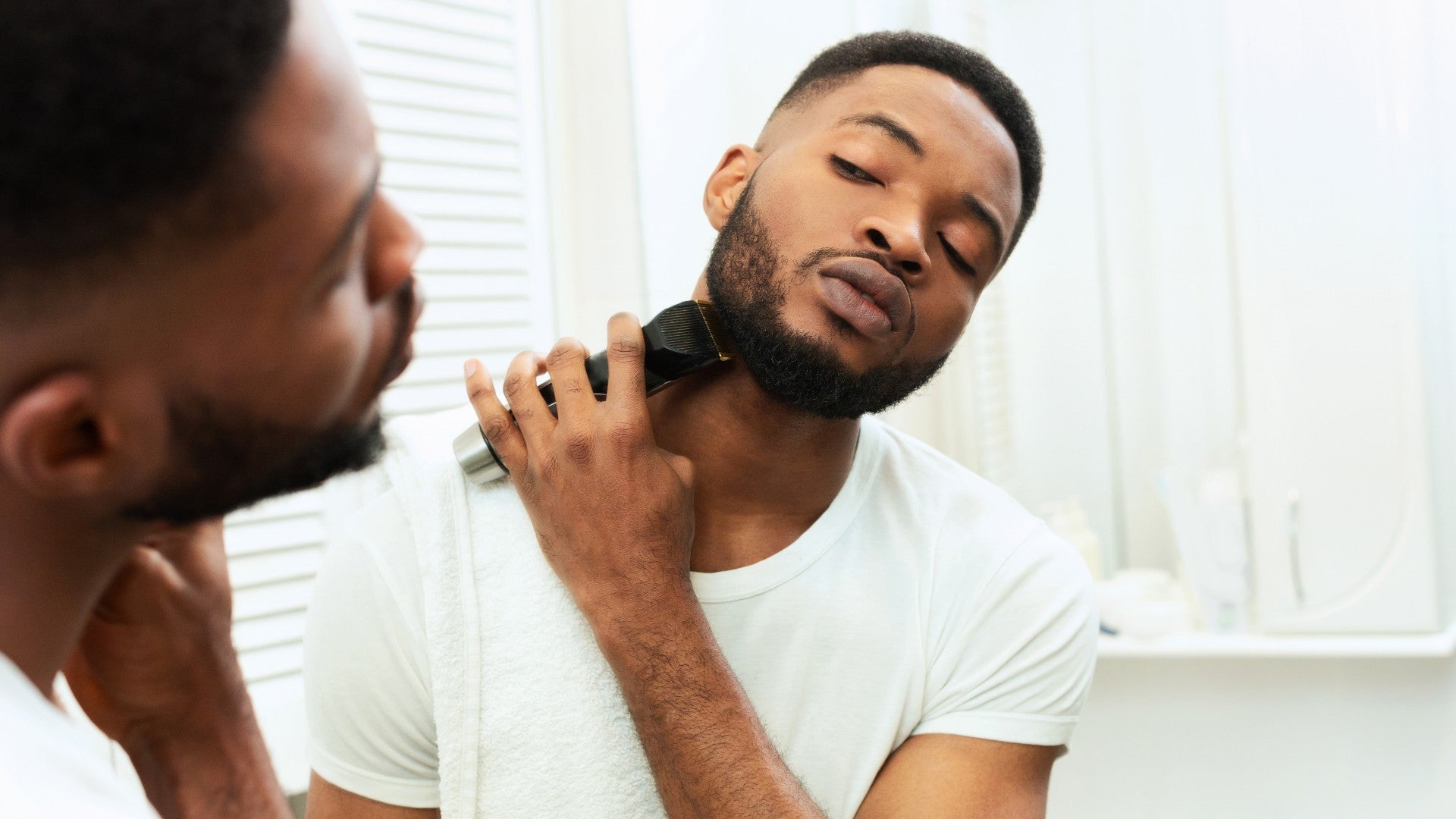
There’s nothing more alarming than waking up to a man who resembles your beautiful partner, but with less facial hair—less and slightly mangled facial hair. When my fiancé decided to take a body trimmer to his face out of quarantine grooming desperation (he’s scared of manual razors), I knew it was time to start paying more attention to his beauty and grooming routines.
With no barbershop visit in sight for him anytime soon, I enlisted help. I reached out to the experts, Gillette barbers Barry Hairston aka The Stars Barber and Josh Pereira, who were gracious enough to share some pro tips for his at-home beard grooming needs.
They offered these great nuggets so that his “new routine” doesn’t have to be so overwhelming in this “new normal.”
For guys who are trimming or shaving their facial hair for the first time what is the biggest mistake you see men do that you want to advise against?
Barry Hairston: The biggest mistake I see in guys who shave for the first time is that they don’t fully understand what “shaving strokes” are. For instance, “with the grain” is the direction the hair naturally grows, and “against the grain” is the opposite direction the hair grows. Also, guys don’t always know what razor is best for them. I definitely would recommend the Gillette SkinGuard for a first-time shaving at home since it’s designed for sensitive skin, or a trimmer that’s sharp but not too sharp. You don’t want to press too hard with your blade because it will lead to nicks, abrasions and skin irritation like razor bumps. You should try to shave with as few strokes as possible to minimize irritation.
Josh Pereira: What I see a lot guys doing wrong is that they trim their beard too short. I tell my clients to always start with a higher guard then work it down slowly until they get the length they are going for. Better safe than sorry!
What pro tips would you offer guys on technique if they have a lot of gray hair (which means the texture in their facial hair is varied)?
Barry Hairston: Facial hair is usually coarse and gray hair is even more coarse so what I like to recommend to my clients is to properly prep for the shave. Take a hot towel and wrap it around your face, then use a facial cleanser or a soap with a low PH and gently massage into the beard and face. You can finish by putting another steamed towel on your face. This will soften the hair, especially the gray hair, making it more manageable to move, creating less resistance.
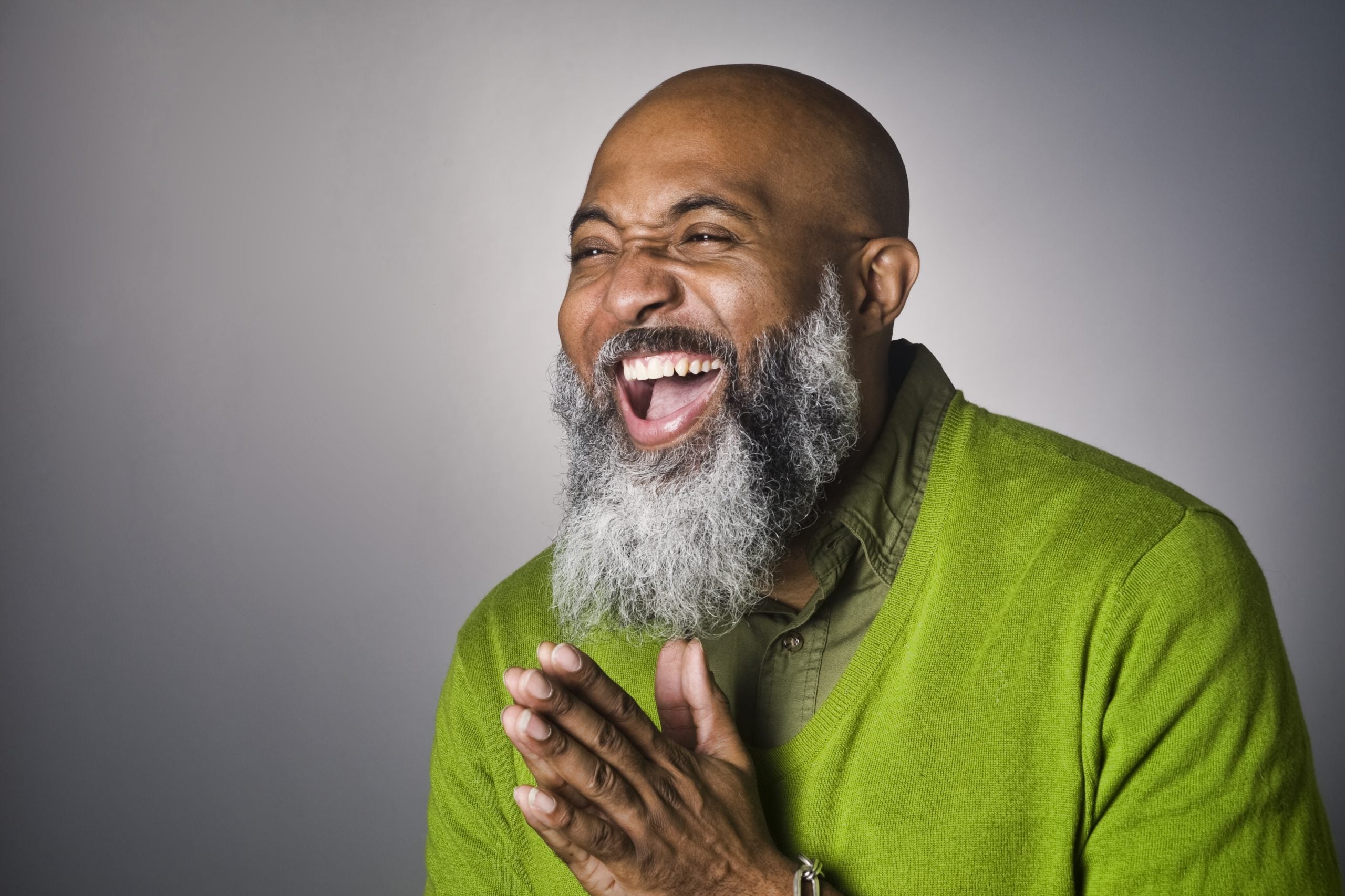
After they trim, what should men always follow up with? (i.e. a beard oil, a shot of whiskey)?
Josh Pereira: After the beard is trimmed, the hairs are usually all over the place. Men should definitely use a beard balm to retrain the hairs to go in the direction you’d like them to (most guys try to get them to stay down). The beard balm will also moisturize the skin under the beard, which can be a little dry after having a beard for a while.
What are the two best practices for Black men/men with textured hair for general at-home beard grooming? (especially to avoid irritation and ingrown hairs).
Barry Hairston: Prepping the facial hair will help to cleanse and soften the hair to make it more comfortable to [trim] and shave. After a shave, you should always use an aftershave or astringent to close the pores and prevent dirt from entering the skin.




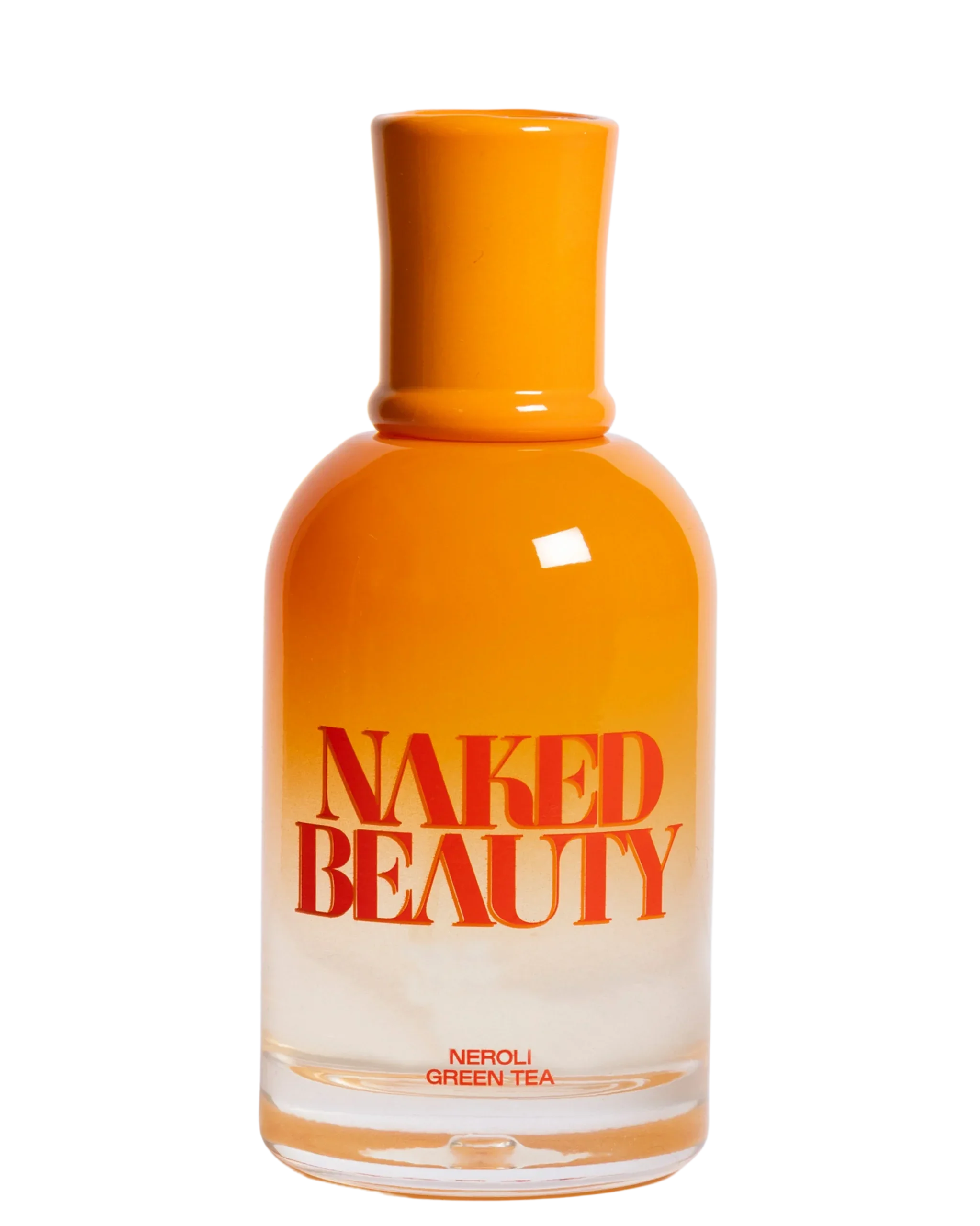
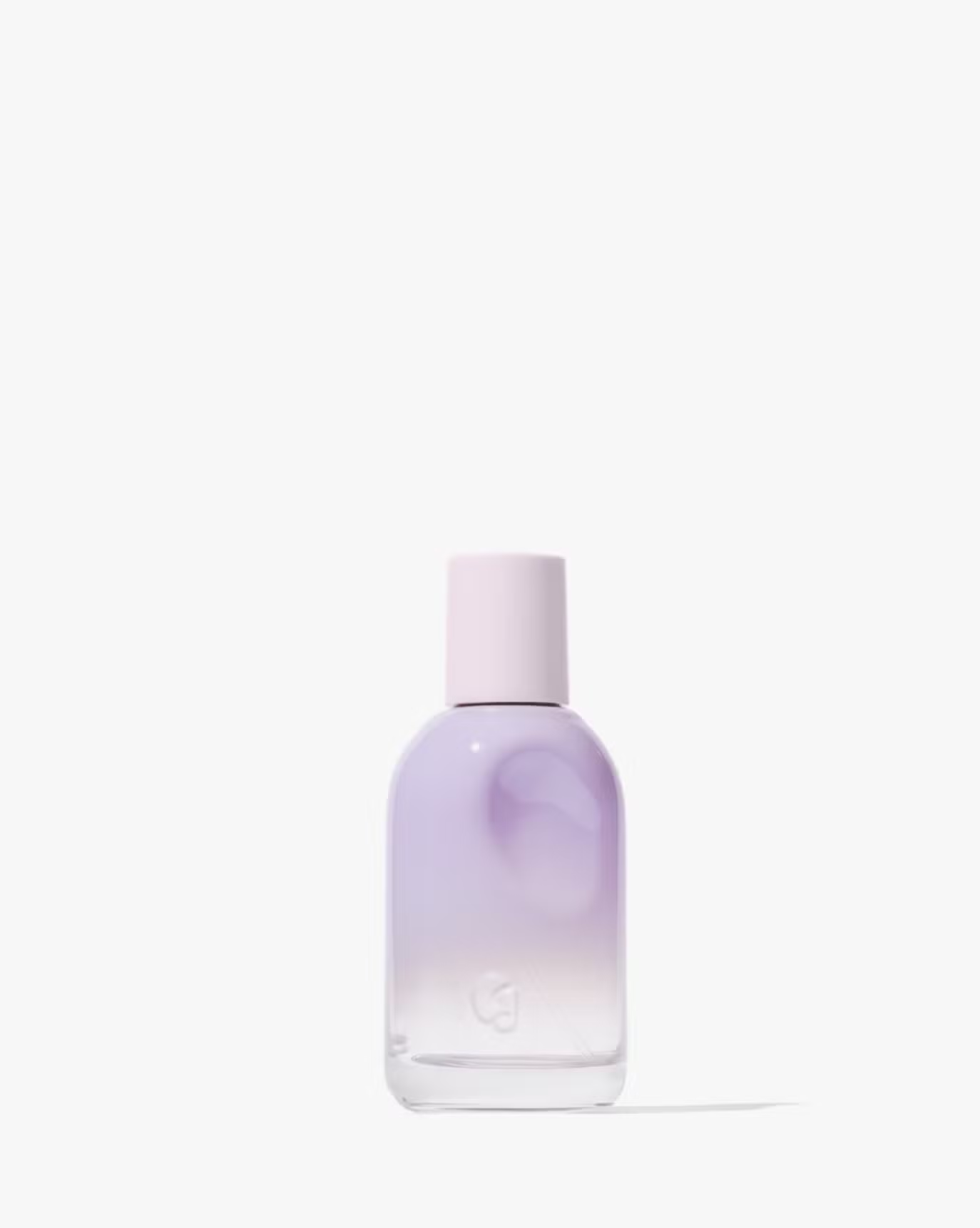
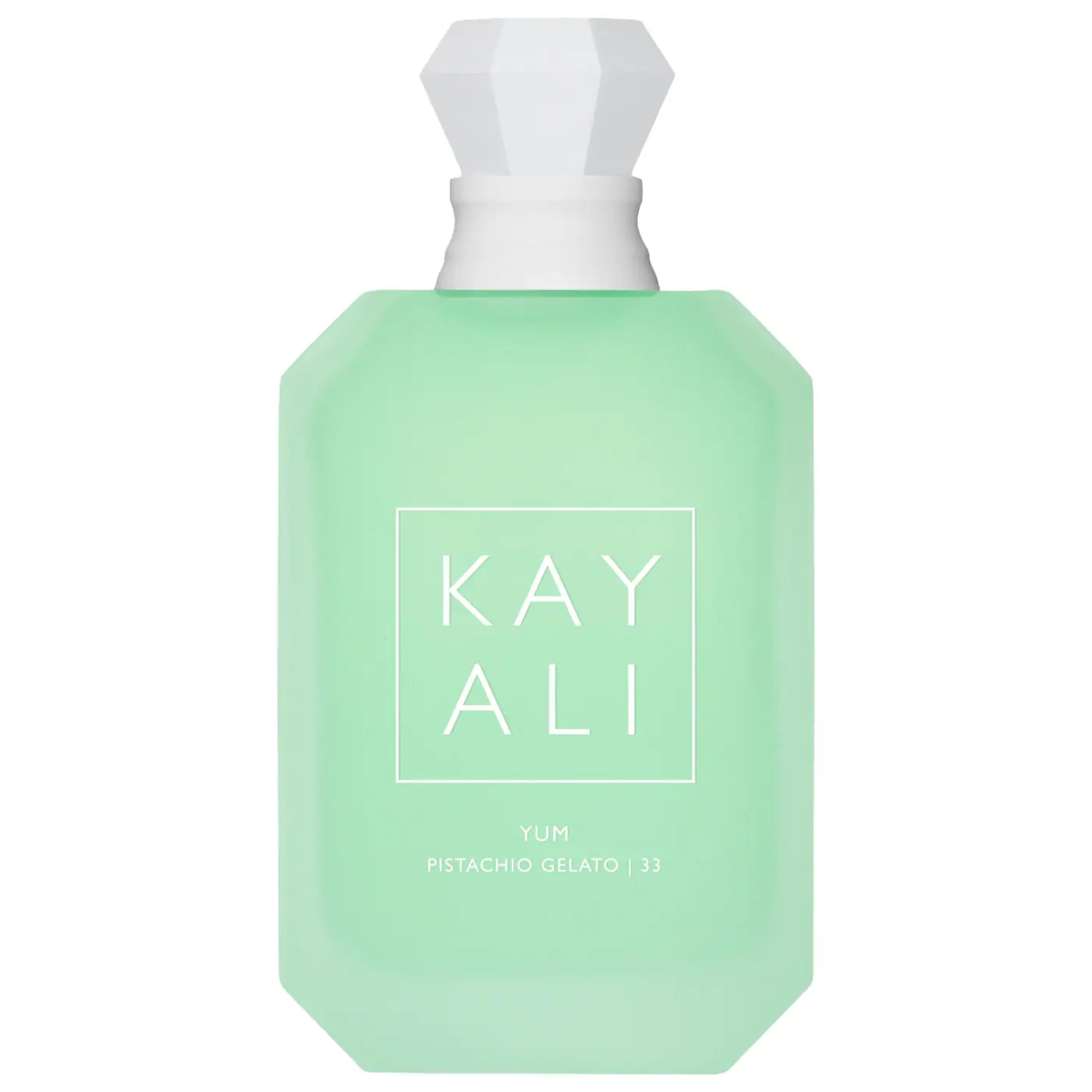
Josh Pereira: The neckline is usually the most sensitive spot to shave, which is especially true for guys whose hair is really textured. Before you shave the neckline you should first trim the hair low then exfoliate the skin and hair to lift the hair up. Then, I’d recommend putting on shaving cream, then start to shave with the grain of the hair. Usually for textured hair, shaving with the grain is enough for a clean shave, but if you want a tighter shave, you can also take a second pass with the razor and shave against the grain. The razor you choose will also be important to getting a comfortable shave, so make sure you have a good razor like the Gillette SkinGuard.

